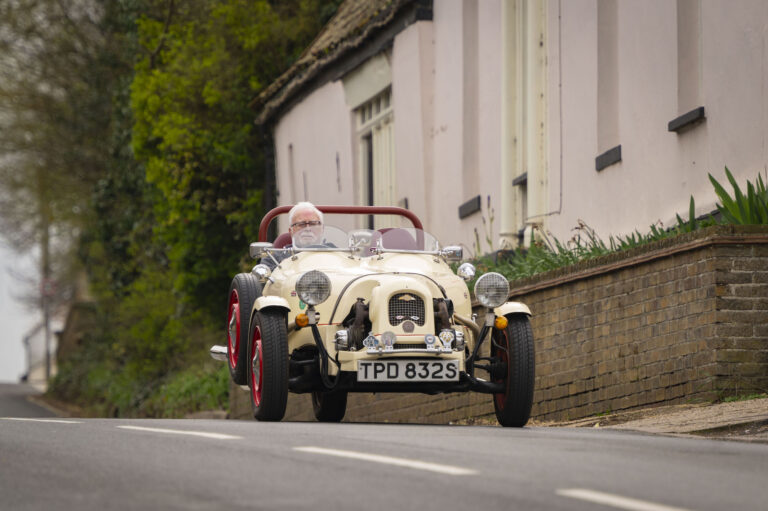As a young man, Trevor Cummings had an unattainable dream – to own a Lotus Elan.
His fascination with Colin Chapman’s lightweight sports car began as a 17-year-old, but such a machine was way too pricey for a sixth form student’s first car.
That honour went to a more humble Ford Anglia, followed by a series of bangers including a Wolseley 1500 and a Ford Consul.
“When I was beginning to pick up on cars, I realised there was this unattainable thing out there, because they were always expensive,” he says, sitting in the garden of his home near the west Norfolk coast.
“At that time, in the ‘60s, you could very nearly get an E-Type for the same price as an Elan, even when it did come in kit form. I was never able to achieve that back then.”
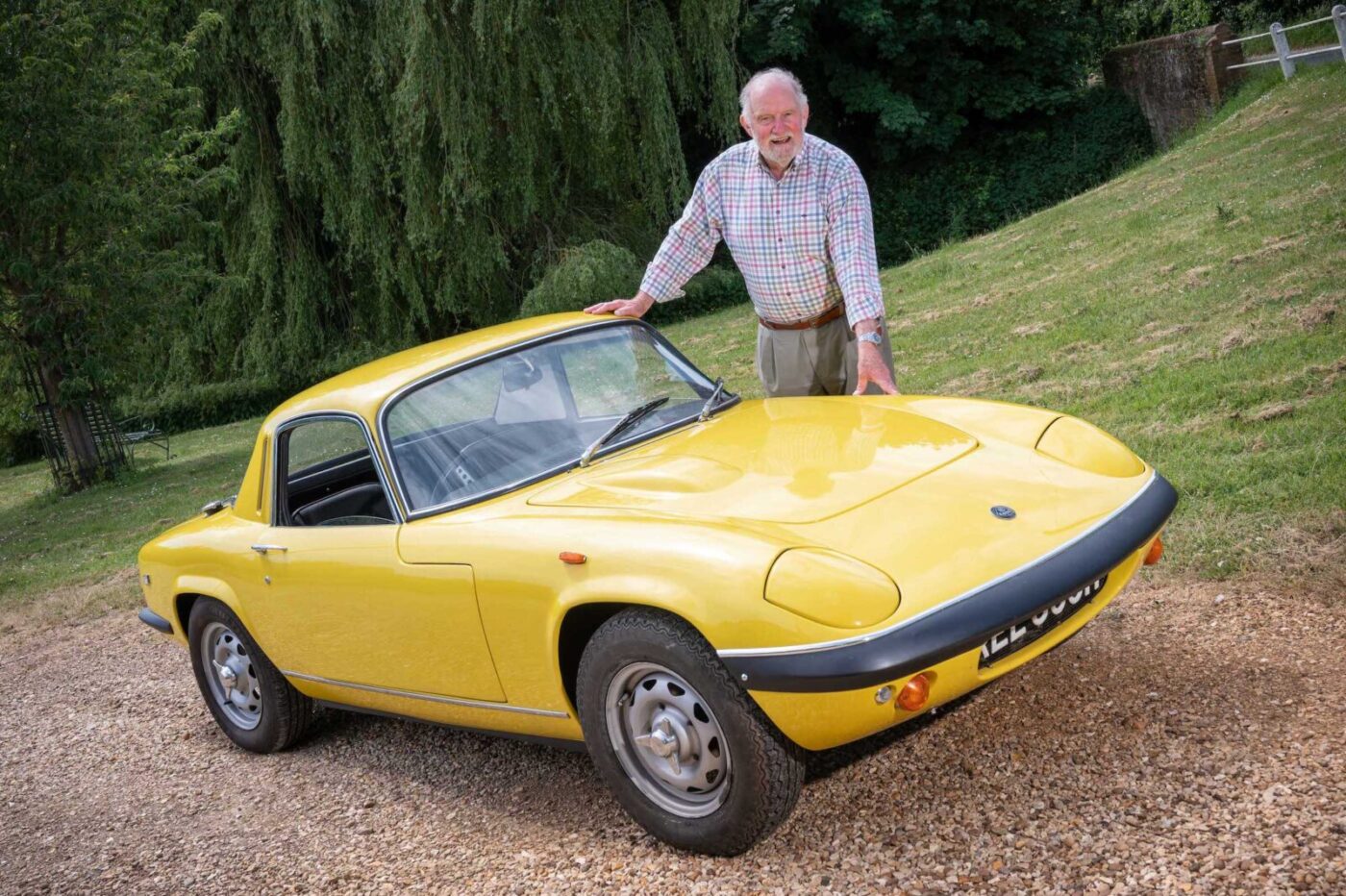
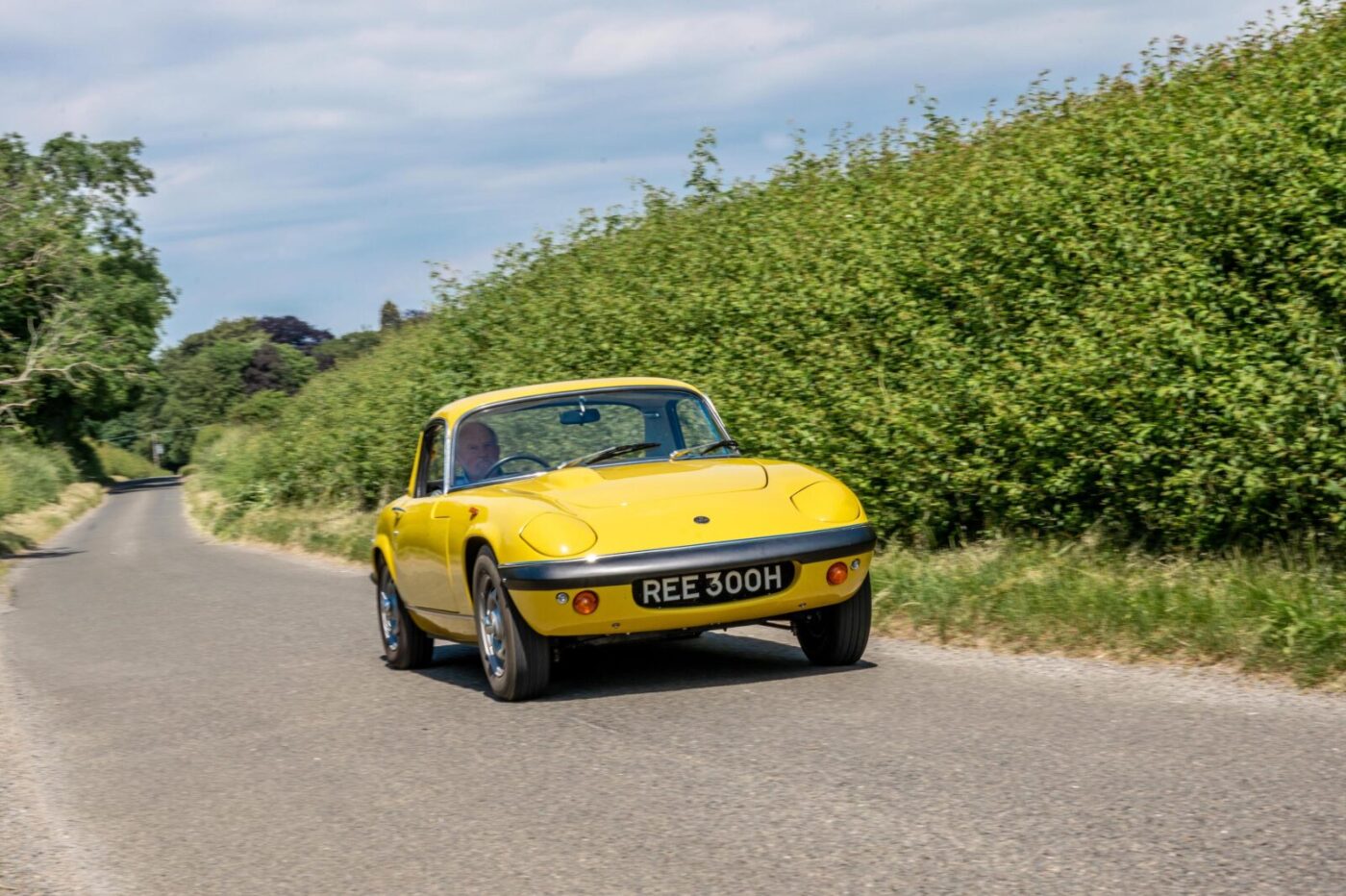
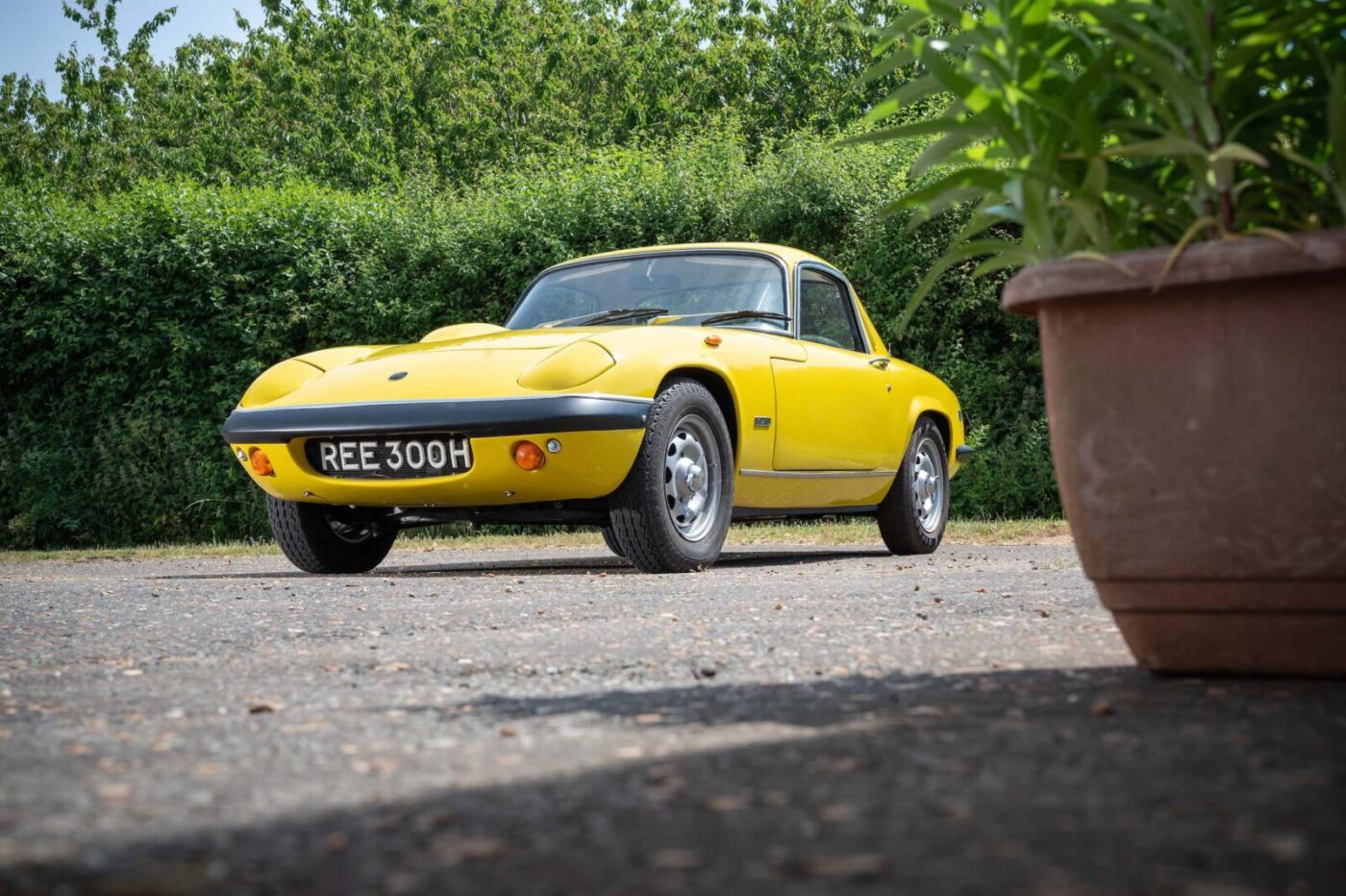
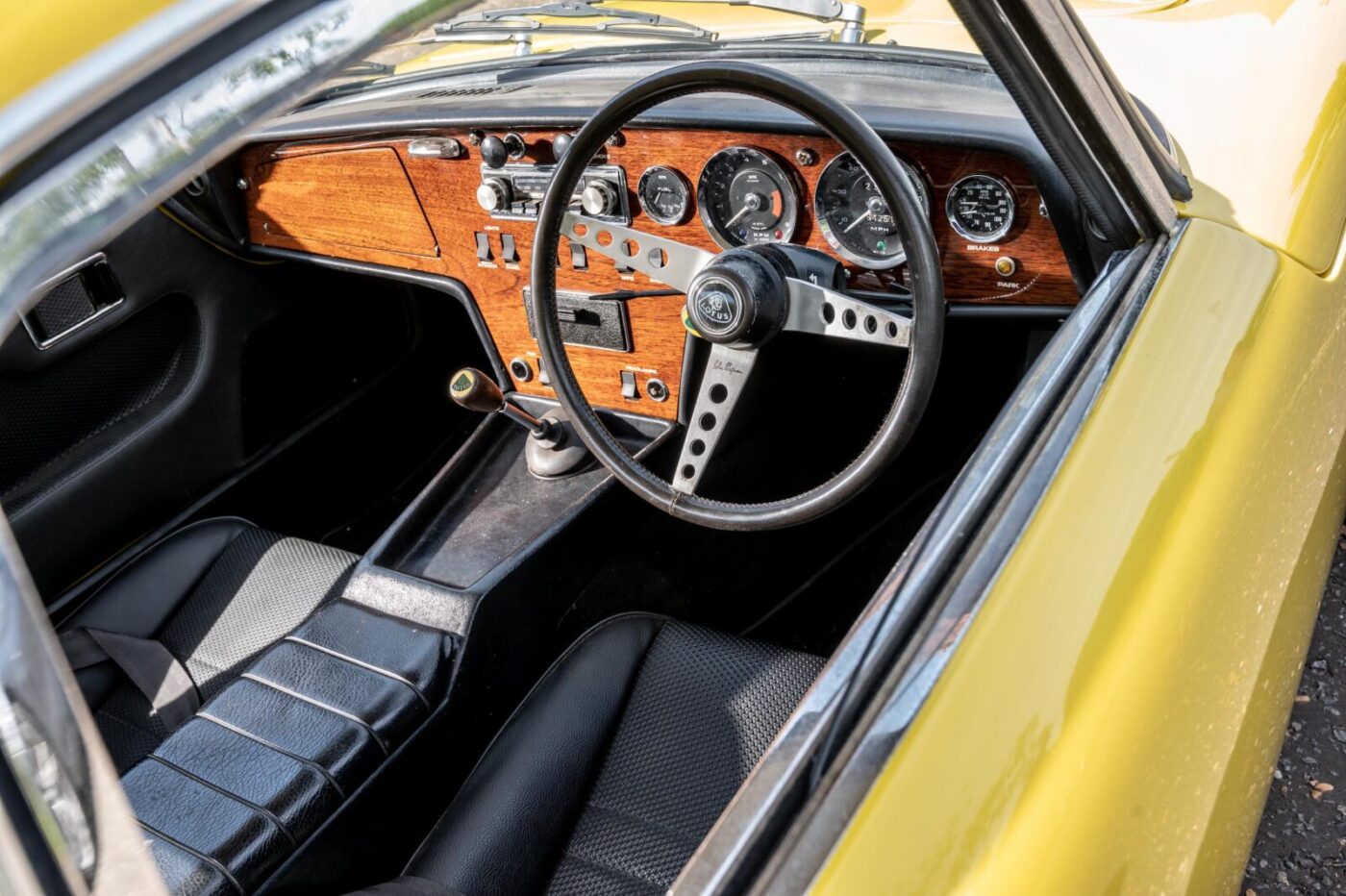
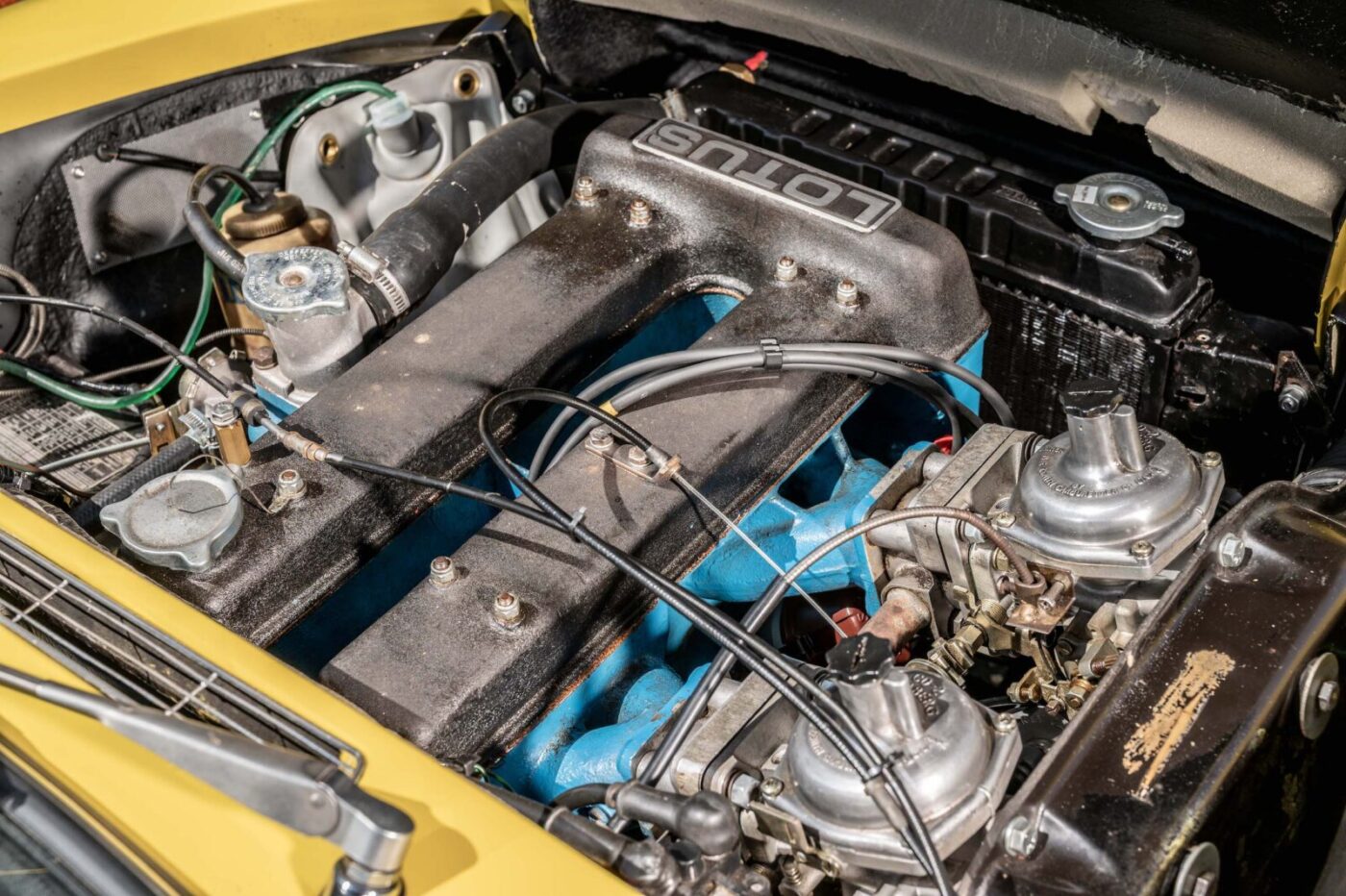
Elan dream lingered
But the Elan dream lingered through medical school in Sheffield and, thanks partly to a stroke of fortune, was finally realised in spring 1978 when a 28-year-old Trevor was on the brink of qualifying as a doctor.
“I was at a rugby club dinner and I won the draw, and suddenly £250 came my way,” he remembers. “This was when a yearly student grant was £400. I was in my final year as a student and I thought ‘I’ve got to do something with this’.
“We thought ‘if we don’t use this £250, it will just get used up’, and we really did want to mark it.”
The ‘we’ refers to his wife, Helen, who was equally enthusiastic about the prospect of buying an Elan.
‘Helen was all for it,” says Trevor, now 72. “We’ve always both liked the cars.”
So the couple added another £1,000 to their kitty and bought the bright yellow, 1969, series 4 fixed head coupe that still has a special place in their hearts more than 40 years later.
READ MORE ABOUT SOME OF OUR GREATEST CLASSIC CARS WITH

A series of articles on our Cult Classics site.
Not the most reliable
True, it’s not always been the most reliable of conveyances, and has probably spent longer in the workshop than it has on the road, but Trevor has never considered parting with his “very pretty little car” – even though he has since accumulated four more Elans, including two Sprints and a later, front wheel drive M100 model.
“There’s never been a time, no,” he says, “it’s getting so it’s more difficult for me to get in and out of it, and it’s going to have to happen one day – none of us are on this world forever.
“I’ll have to think about it sometime, but not at the moment, thank you. If and when the time comes I’d like to see it go to some other enthusiastic individual.”
And Trevor’s enthusiasm for the car – and Elans in general – can’t be questioned, given the hours he’s spent enhancing, restoring and driving one of the best-handling, and best looking, sports cars of all time.
He cut his motoring teeth at 16 with a Lambretta Li150 bought just after he completed his O Levels in June 1966.
“The school was, very thoughtfully, just going into having some more technical stuff available and I was able to spray it there from its original rather lurid orange and white to a much cooler dark blue with some light blue stripes,” he remembers, passing his bike test on the scooter.
His car test was successfully negotiated just two weeks after his 17th birthday and, after “comprehensively” crashing the Anglia, he moved through various Fords and Triumphs, including a Vitesse which he still owned when setting his sights on a Lotus.
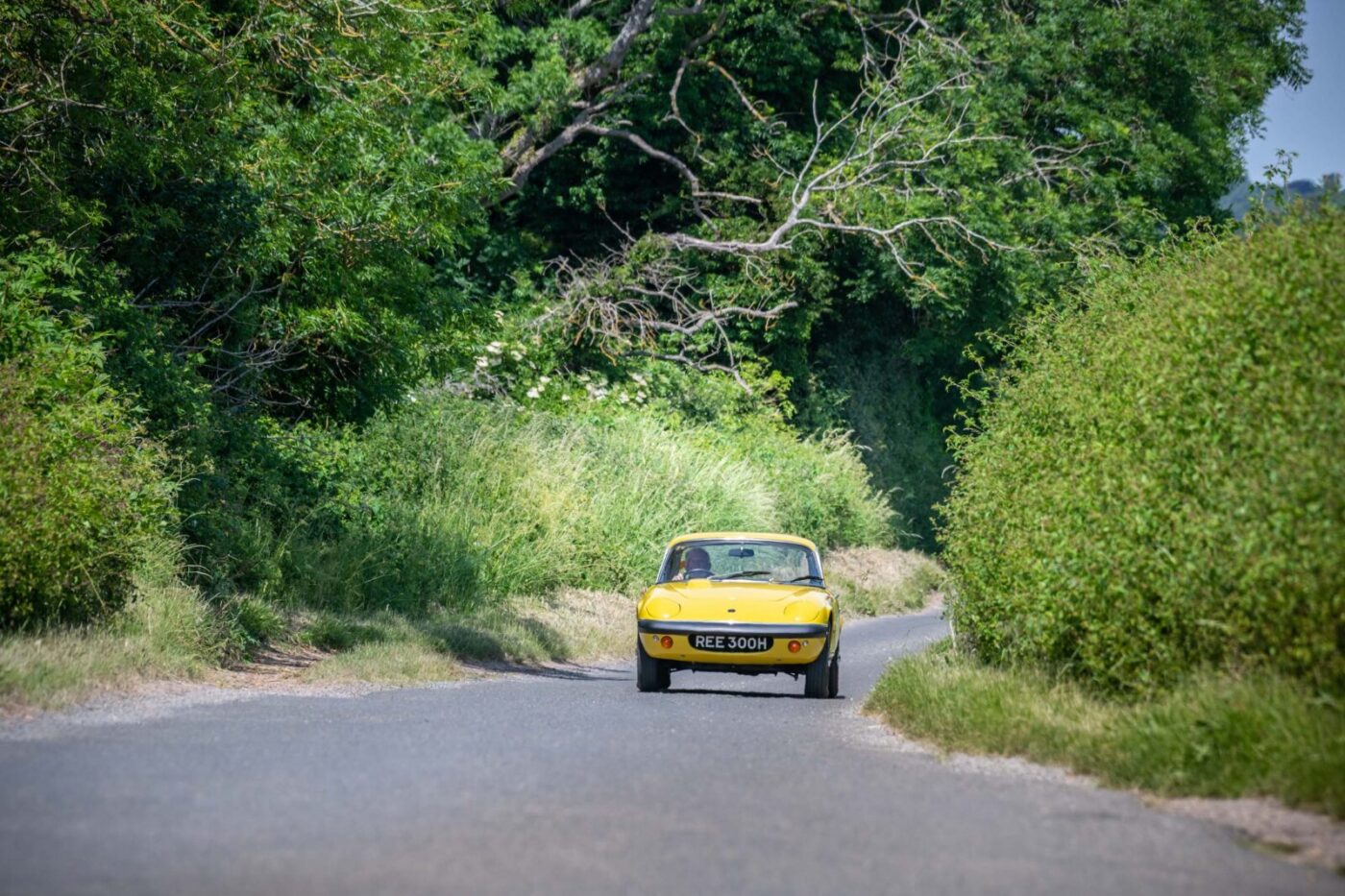
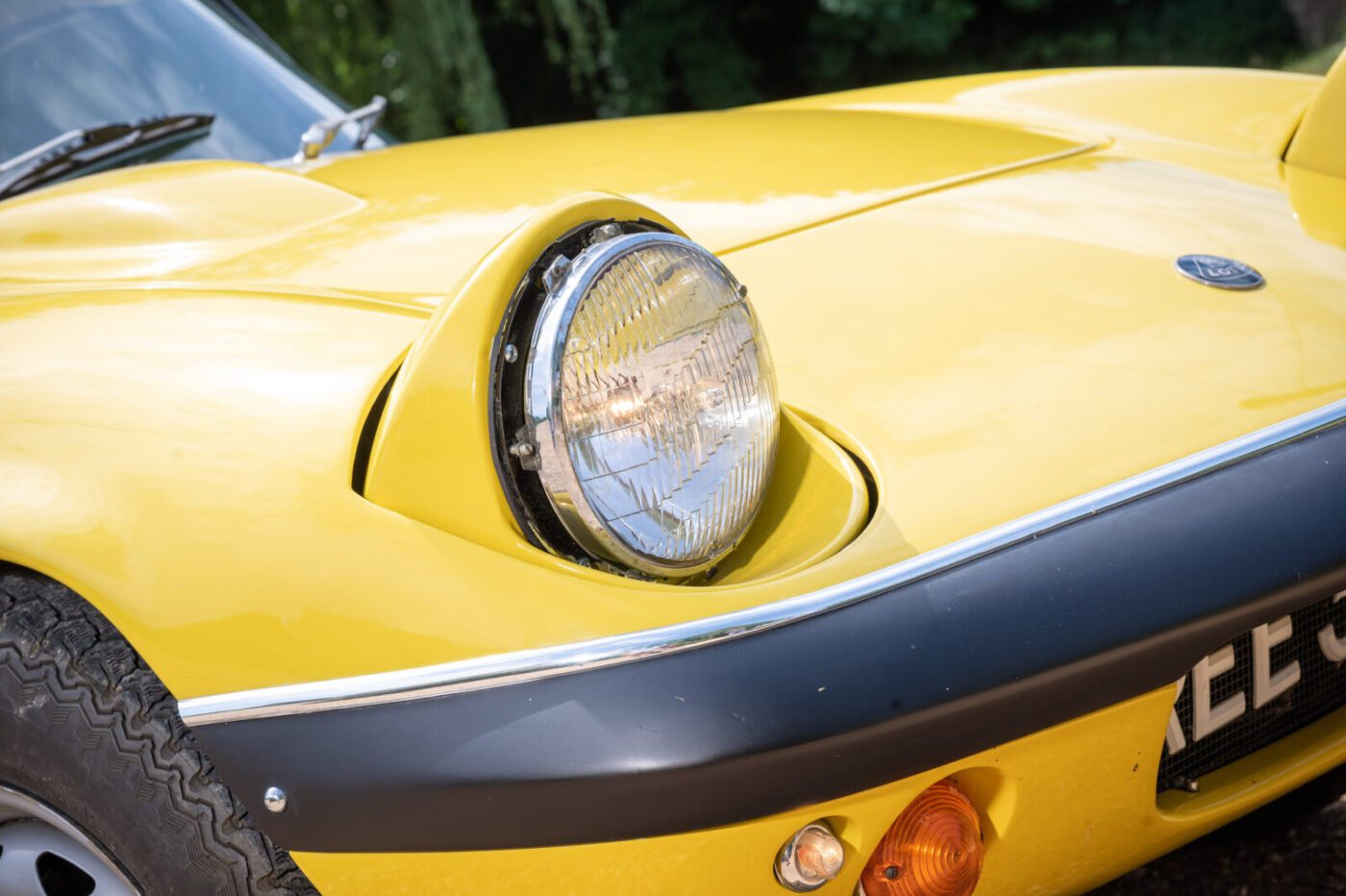
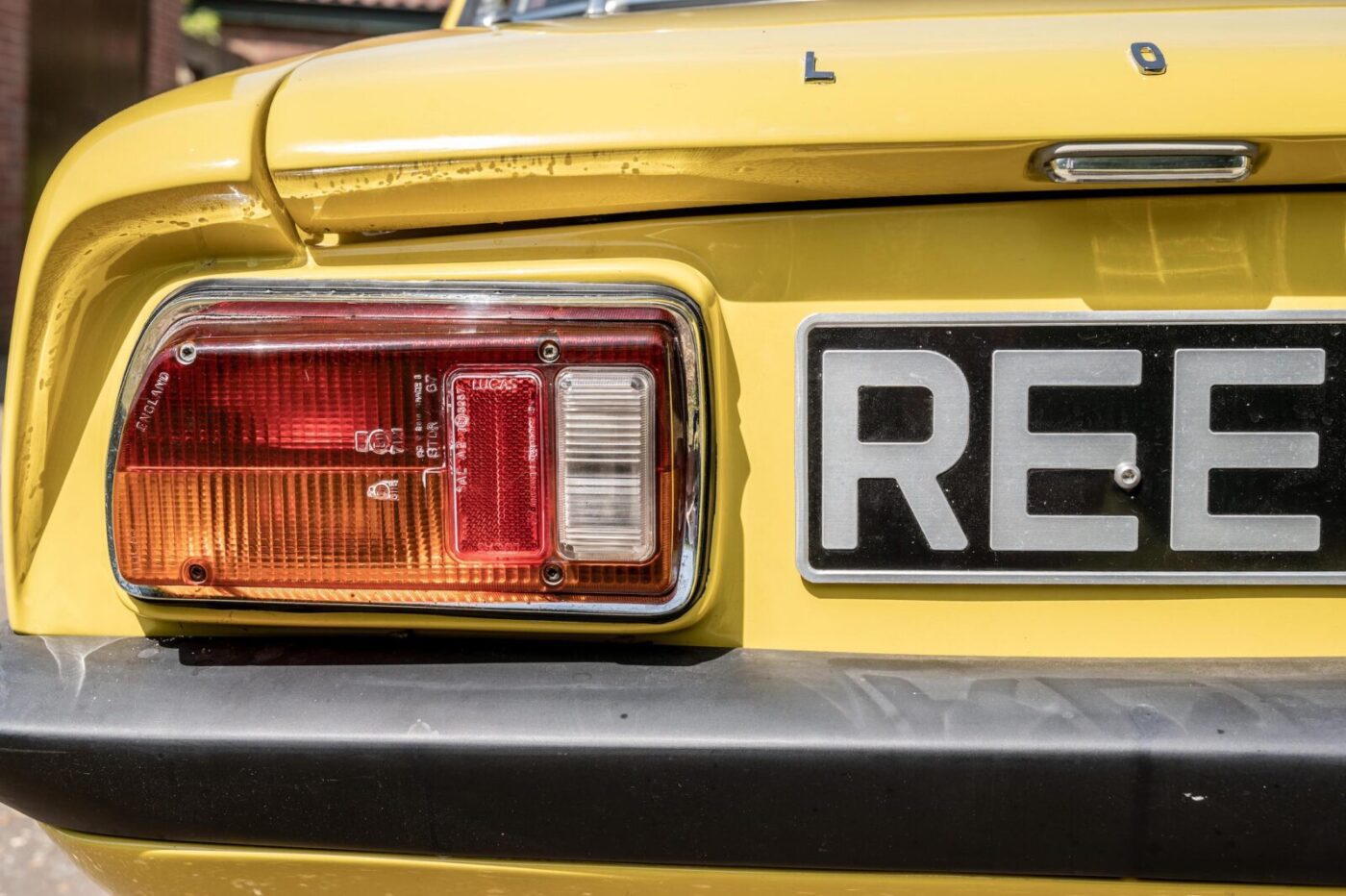
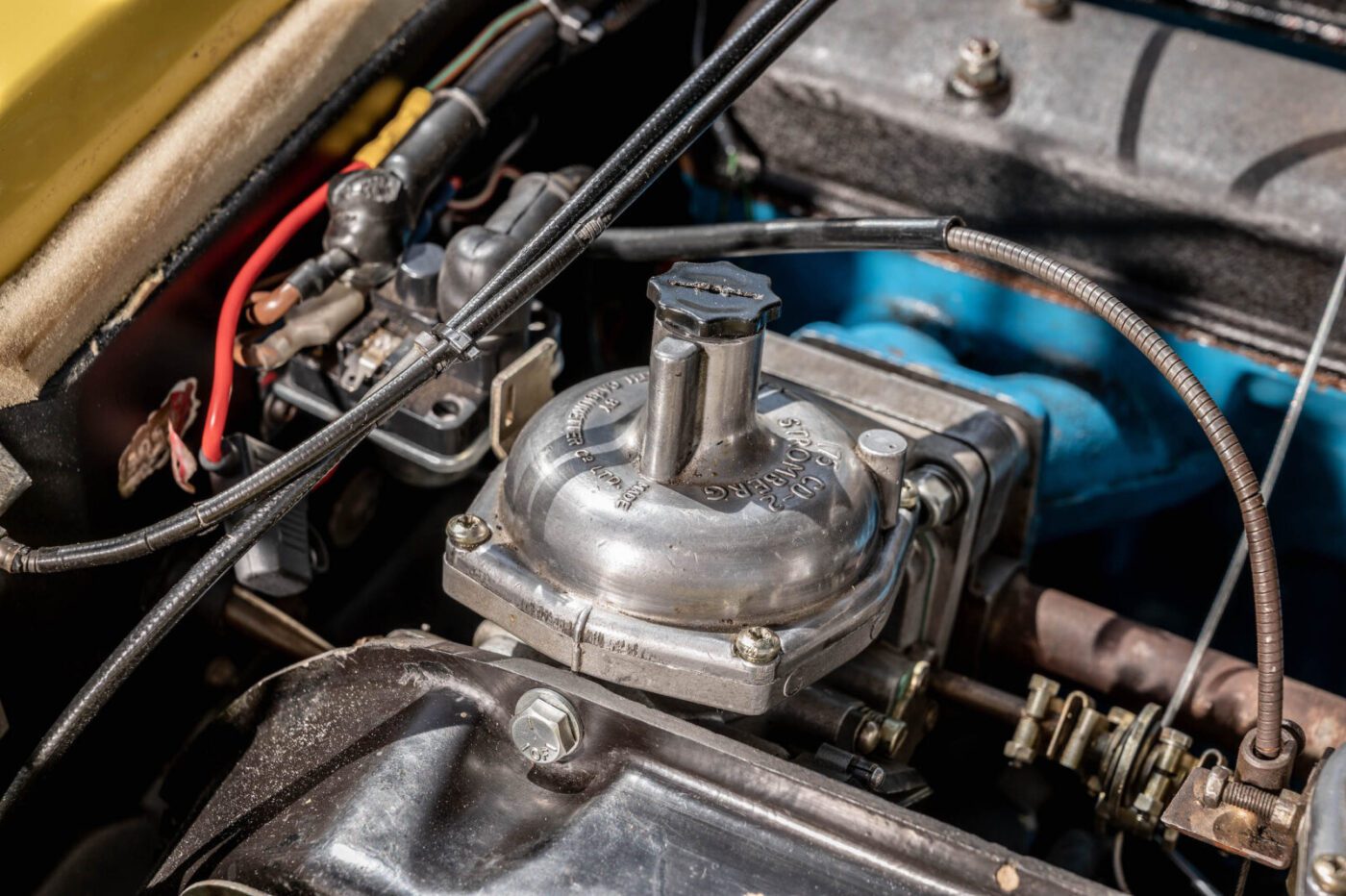
Lightness and speed
“It was the lightness and speed, that was always the thing with them,” he says, “as well as their very pretty looks – they would always catch eyes, and still do today.”
The car that caught Trevor’s eye in February 1978 was found locally in Sheffield.
“We went and had a look at a number of cars, and that was the one that was in best overall condition – at least, it looked quite good,” he laughs.
“But, of course – you know why Lotus are called Lotus don’t you? Lots of trouble, usually serious, and that’s exactly what it was.
“I found that the chassis was quite rusty, they all leak oil, of course, and the rubber donuts at the back were already breaking up.
“There were issues with the front suspension towers, seized up trunnions, all sorts of things, and it just was the most unreliable car you could imagine.
81.5% of customers could get a cheaper quote over the phone
Protect your car with tailor-made classic car insurance, including agreed value cover and discounts for limited mileage and owners club discounts

A ‘pig of a thing’
“It just would not start in the mornings, an absolute pig of a thing. And even when you got it going if it stopped while it was hot then it wouldn’t go again – deeply frustrating.
“It always made us very anxious. On a hot sunny day like this, we’d think ‘let’s go somewhere’, and as soon as you’d stop the flaming thing wouldn’t start again. But despite all those frustrations you remained in love with the thing.”
Because, when it was running, it lived up to Trevor’s expectations “fabulously”.
“It had this ability to go round corners at speeds that were unheard of,” he says. “It’s great fun, and you’ve got this confidence in it to get round these narrow roads around here beautifully.”
Used as a fun, second car – it was too unreliable to be an only car – the Elan would be driven on days out to racetracks like Cadwell Park (“a lovely drive”) and Donington – “a nice drive down from Sheffield, although not ideal for one of those cars because it’s motorway most of the way”.
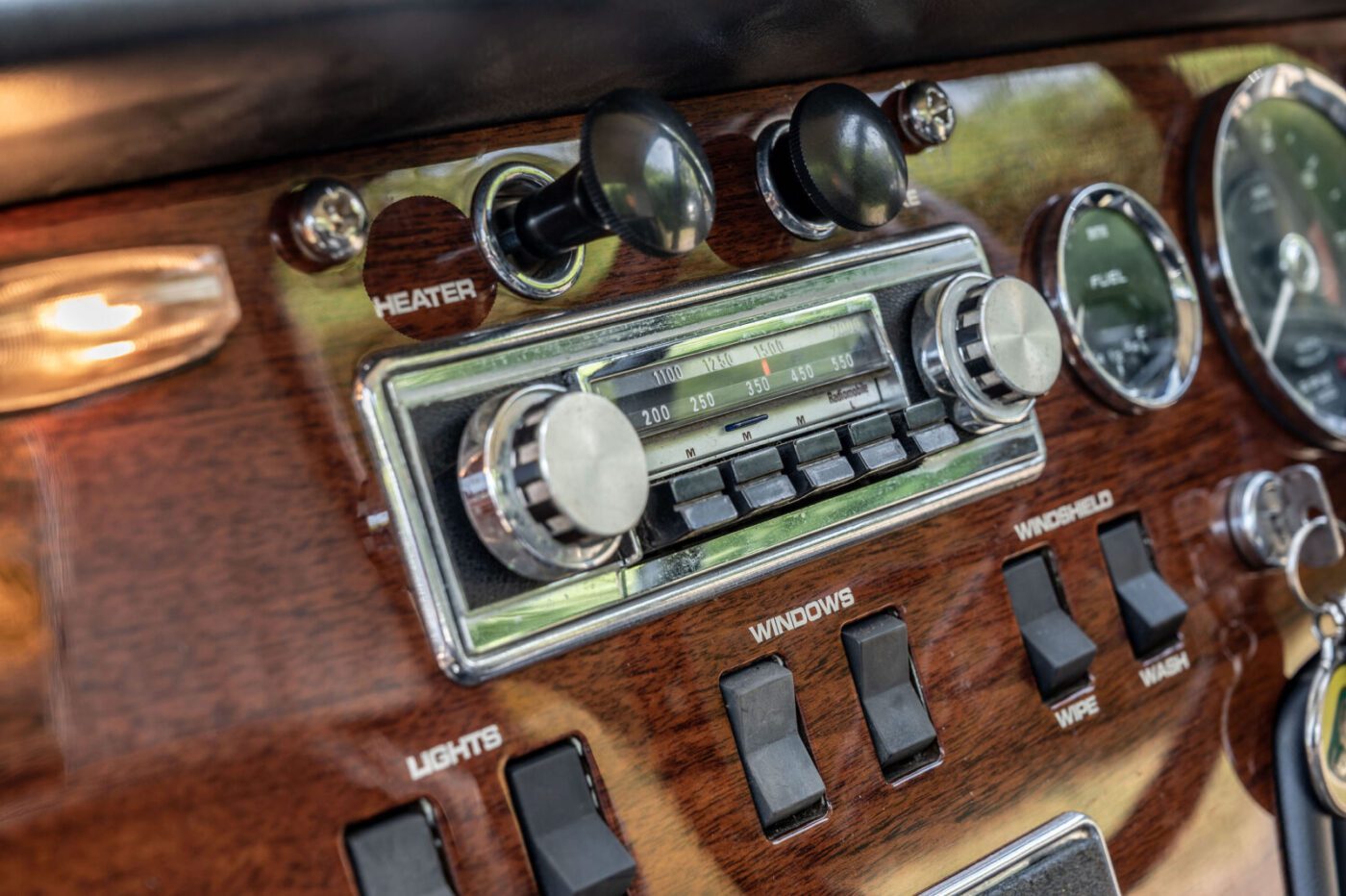
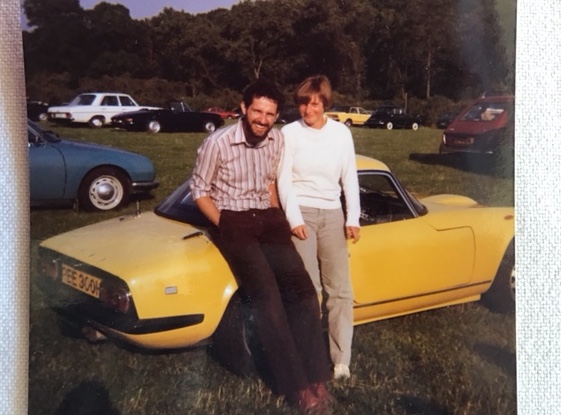
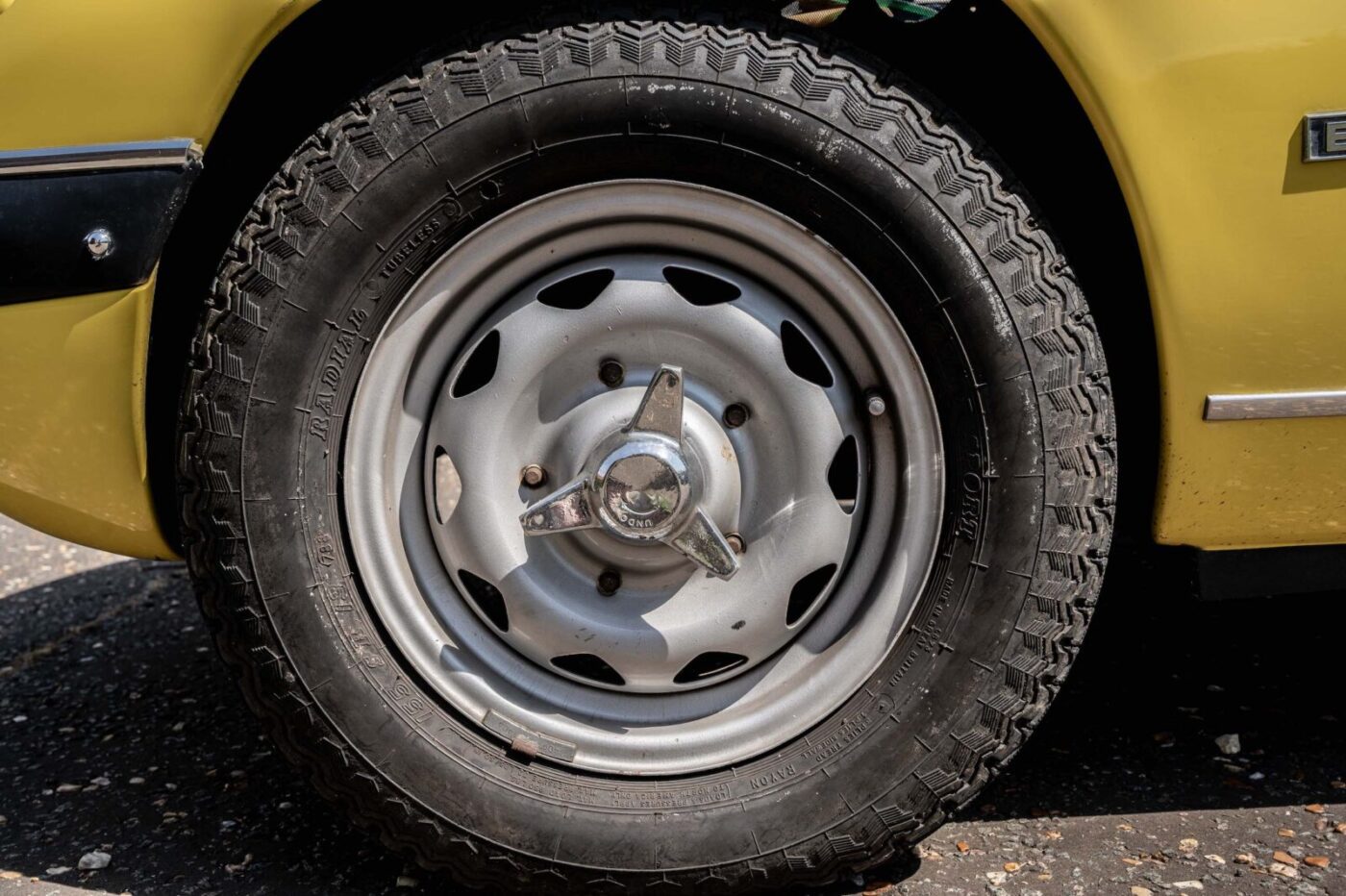
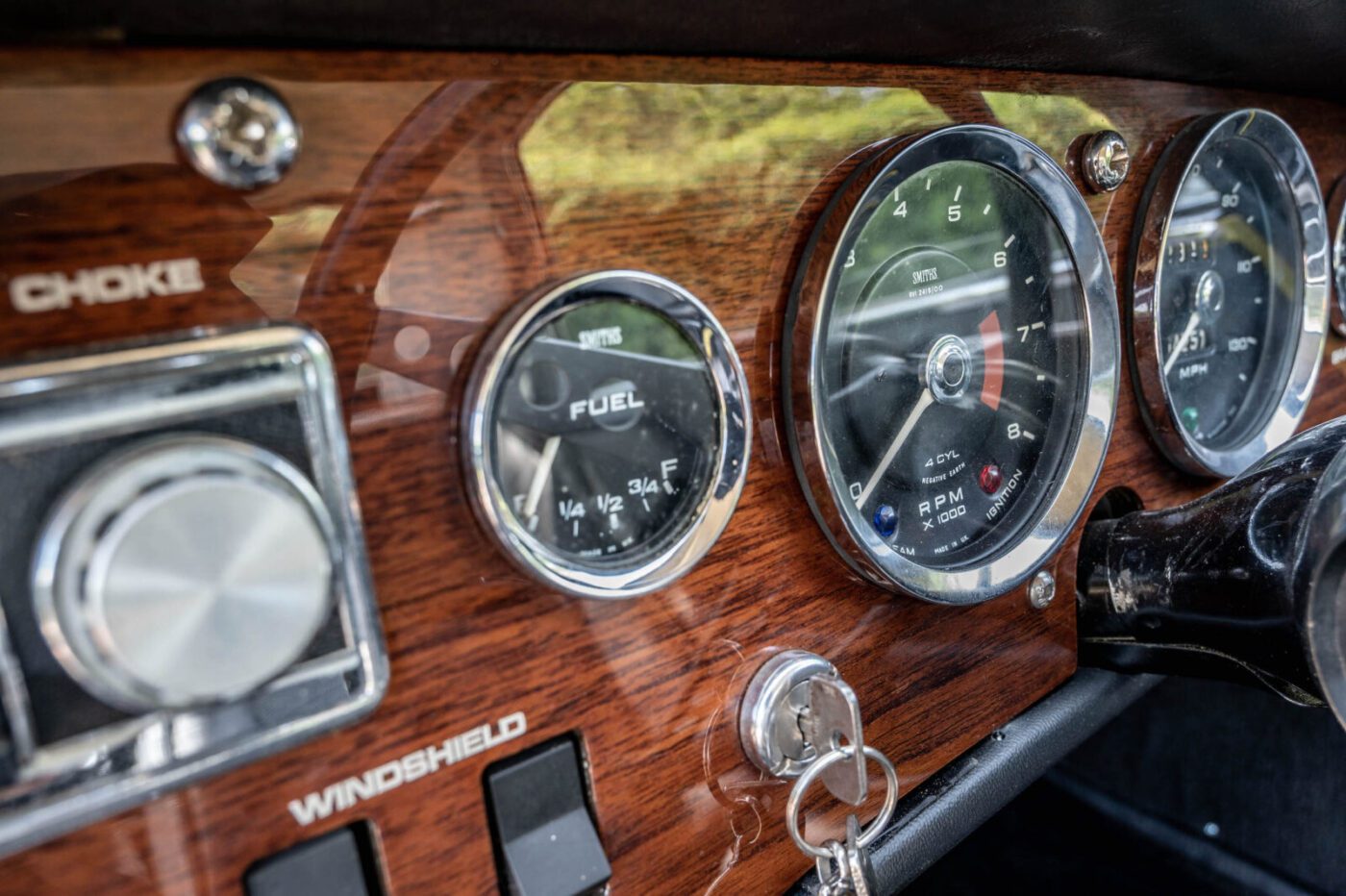
Nuisance on motorways
“They are a nuisance under motorway conditions because they rev too high, but other than that they are terrific,” says Trevor.
In the early days it spent plenty of time in the warm and dry of a garage when the newly-qualified Dr Cummings worked long hours in the hospital as a junior houseman.
“I didn’t really have any time to work on it for two years,” he says. “In those days you worked all day, all night, all the next day and then you had a night off. It’s not like that these days.”
There was a little more time available when Trevor moved into General Practice in 1981, moving south to Heacham in Norfolk.
He proved to be equally adept at fixing cars as people, the first job to replace the ailing chassis, sourcing an after-market replacement from Spyder in Peterborough.
“The purists will hate me for it, but they make a very much better chassis – stronger and much stiffer,” he says, also turning his attention to the 1558cc Lotus TwinCam engine, an evolution of Ford’s Kent Pre-Crossflow unit.
“I swapped out the Stromberg head for a Weber one, and replaced the Strombergs with Dellortos – I understand them better than Webers,” he adds.
Where did this technical knowledge come from?
READ MORE ABOUT SOME OF OUR GREATEST CLASSIC CARS WITH

A series of articles on our Cult Classics site.
Technical interest
“I don’t really know,” he admits. “I’ve always been interested technically and I’ve always wanted to take those sorts of things on. In many ways I get as much satisfaction out of fixing the thing as I do out of driving it.
“With these cars, whenever you get in them there’s always something wrong, and the more you know the more critical you become, and you start hearing no end of crackles, pops, bangs and clanks.”
After a short spell as a GP, Trevor and Helen moved back north, to Middlesbrough, when a post as an occupational physician opened up, working for ICI.
It was here that the car let them down most memorably, the couple on their way from Northallerton to visit friends on the coast in Whitby.
“You have to cross the main A19, a busy dual carriageway, and it failed right in the middle,” Trevor remembers. “We had to pull it across the A19, which was a bit hairy. We then got a taxi home, and brought our other car – which was a Golf or a Vauxhall – to tow it home.”
With Trevor establishing himself in a new career, there was another spell where little work was done on the Elan.“I only really got going on the car again on my return to Norfolk in 2004,” he says. “I was 54 then, and had a bit more time, and then only on full retirement in 2015 did I really have the time available.
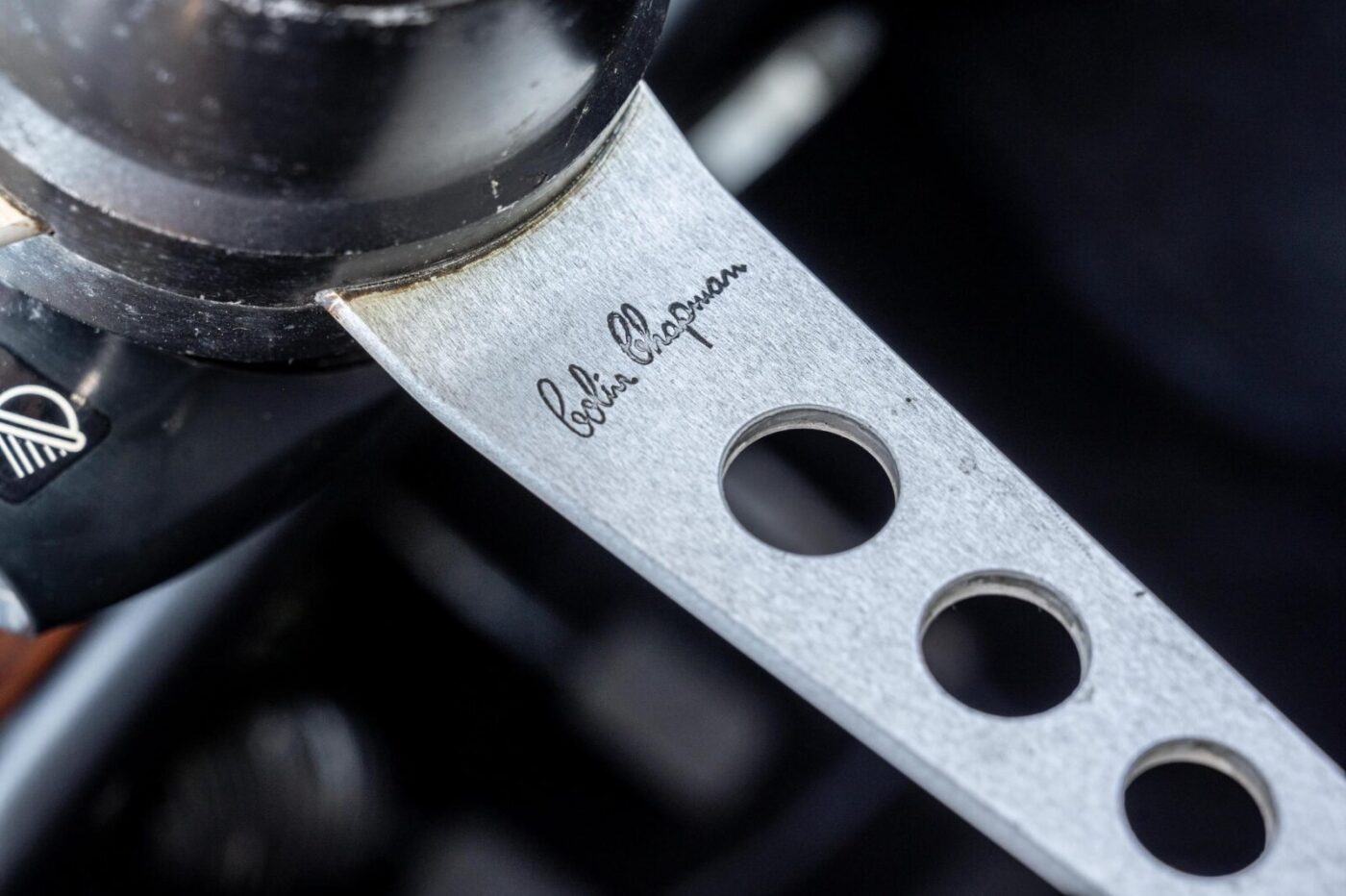
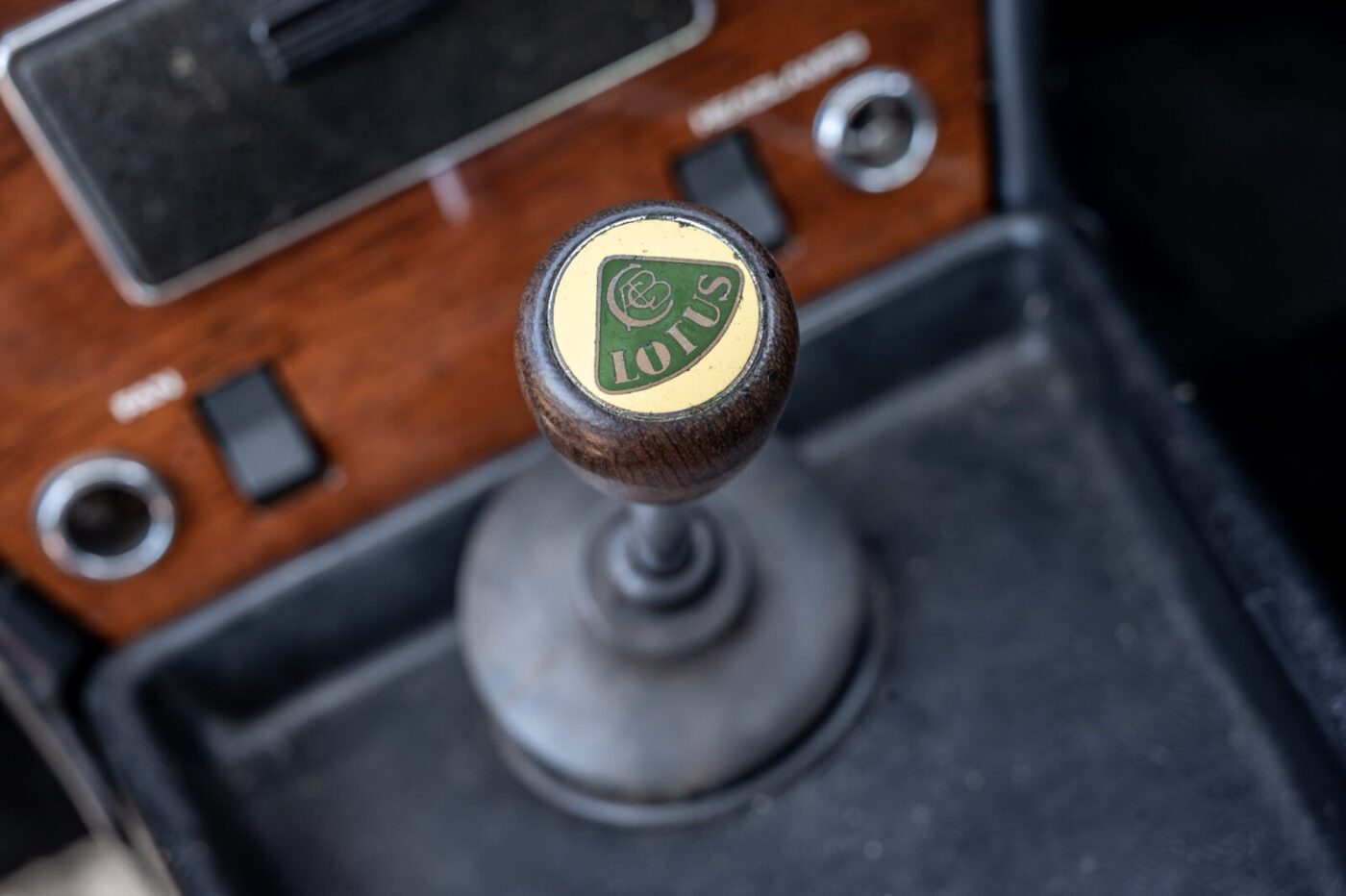
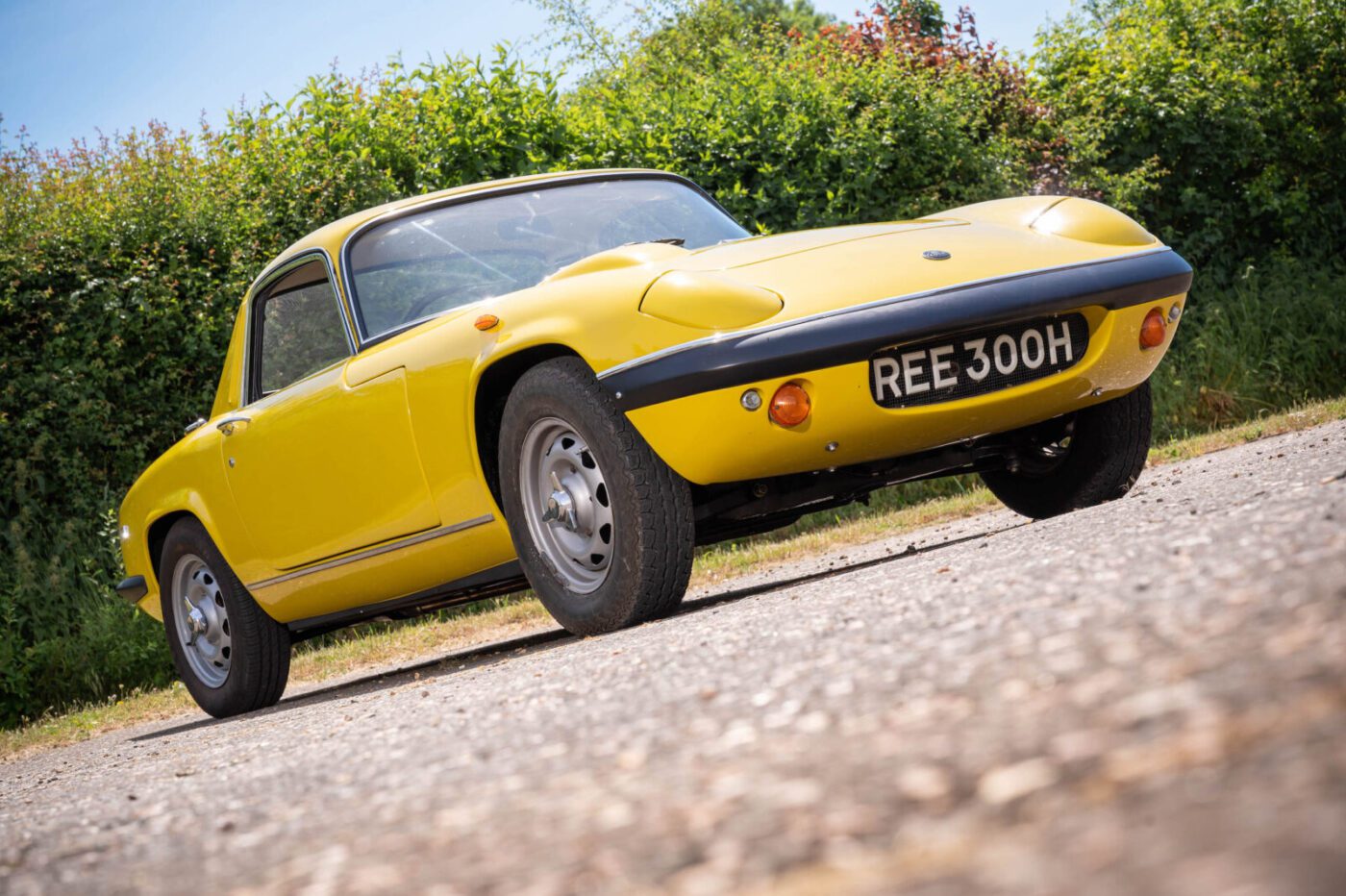
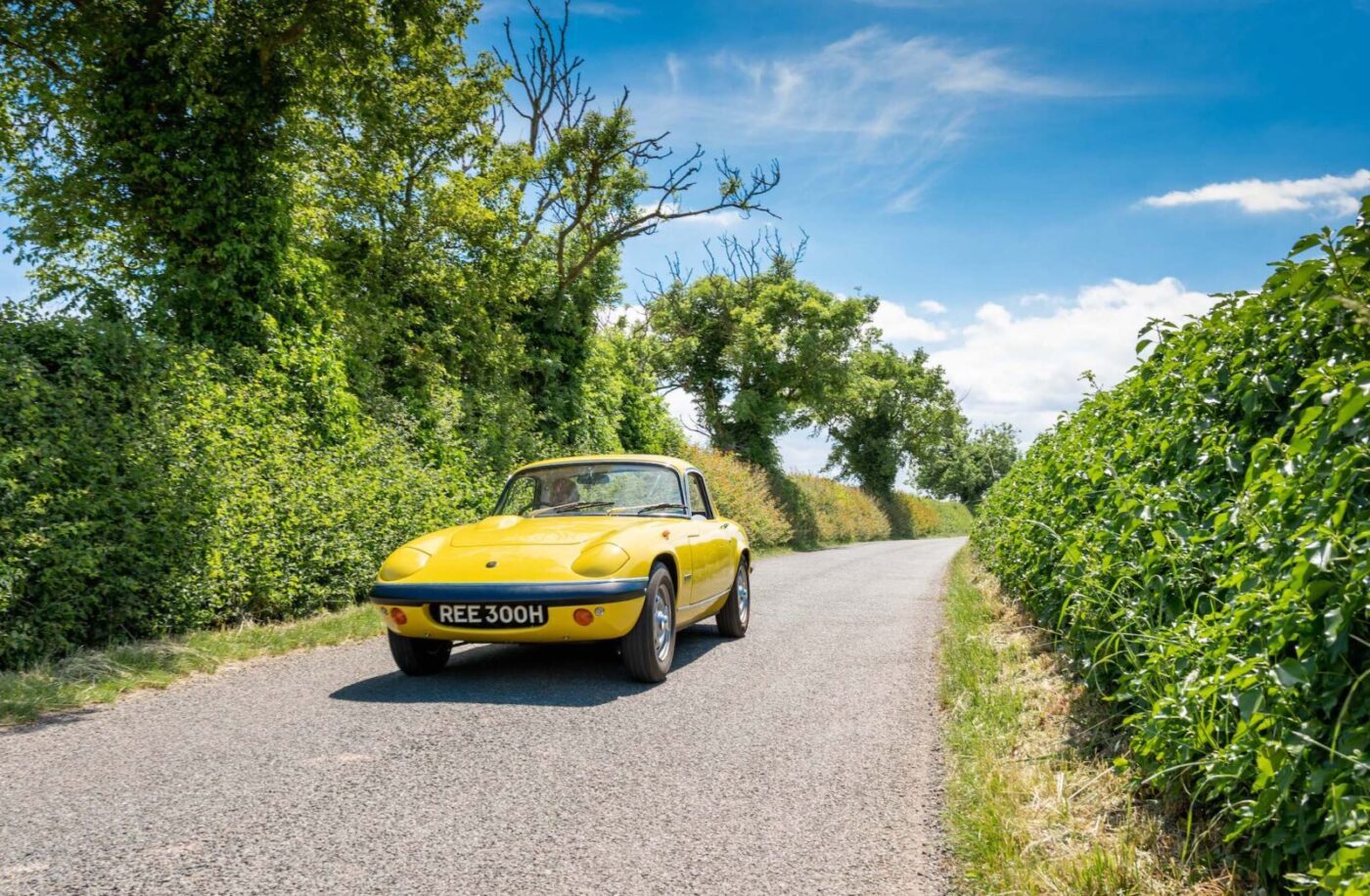
Back to original chassis
“There was this recognition that I had to get this car right and take it back to its old chassis – I’d kept the original one and I had that refurbished.
“The cylinder head came off again and back went the Stromberg one, there was the adoption of a pre-engaged starter, an electronic ignition system within the distributor, which then made starting more reliable. It’s been a much more reliable car since.”
The radiator was given a more reliable thermostat to make the cooling “just OK”…
“It’s still marginal, because Lotus originally fitted a quite wide Triumph Herald radiator, but stopped using that and, for some reason, went for a much smaller one out of a Spitfire,” says Trevor. “A Spitfire powers, what, 60bhp? And it was trying to cool over 100bhp…”
The dashboard and interior are all original and refurbished, while a new coat of Lotus LO7 yellow paint was applied.
In 2006, Trevor bought a second Elan, also yellow, but this time a drophead, and a definite project.
“It was just a shell with an engine block, gearbox, final drive, and dashboard and instruments,” he says, swapping the Spyder chassis into this second car. “I had both cars side by side, and both were body off restorations.“I had always liked the idea of having a drophead as well, but I must admit when I bought the first car I didn’t even notice it was a coupe. My focus was a Lotus Elan, and it was just about the car.
Fixed heads are better
“Also, if you ever read any of the books you’ll find that the real cognoscenti will always tell you that the fixed heads are the better car. Gordon Murray, for example, he’s got a fixed head Elan, and he always says he prefers them.”
In recent years, Trevor has added the two Sprints and a M100 Elan to his Lotus stable, and they get driven just a few hundred miles a year.
“It’s mostly trips out to venues, a stately home like Houghton and Sandringham, that sort of thing,” he says. “Joy rides in the finer sense of that word.”
Everywhere the cars go, they attract attention and “big smiles”.
“I actually get so that I don’t often take it to a car park, because you always attract attention, from kids especially,” says Trevor. “They are so tiny and it fascinates people.”
He admits to being “very” sentimental about the little yellow car that started it all way back in 1978.
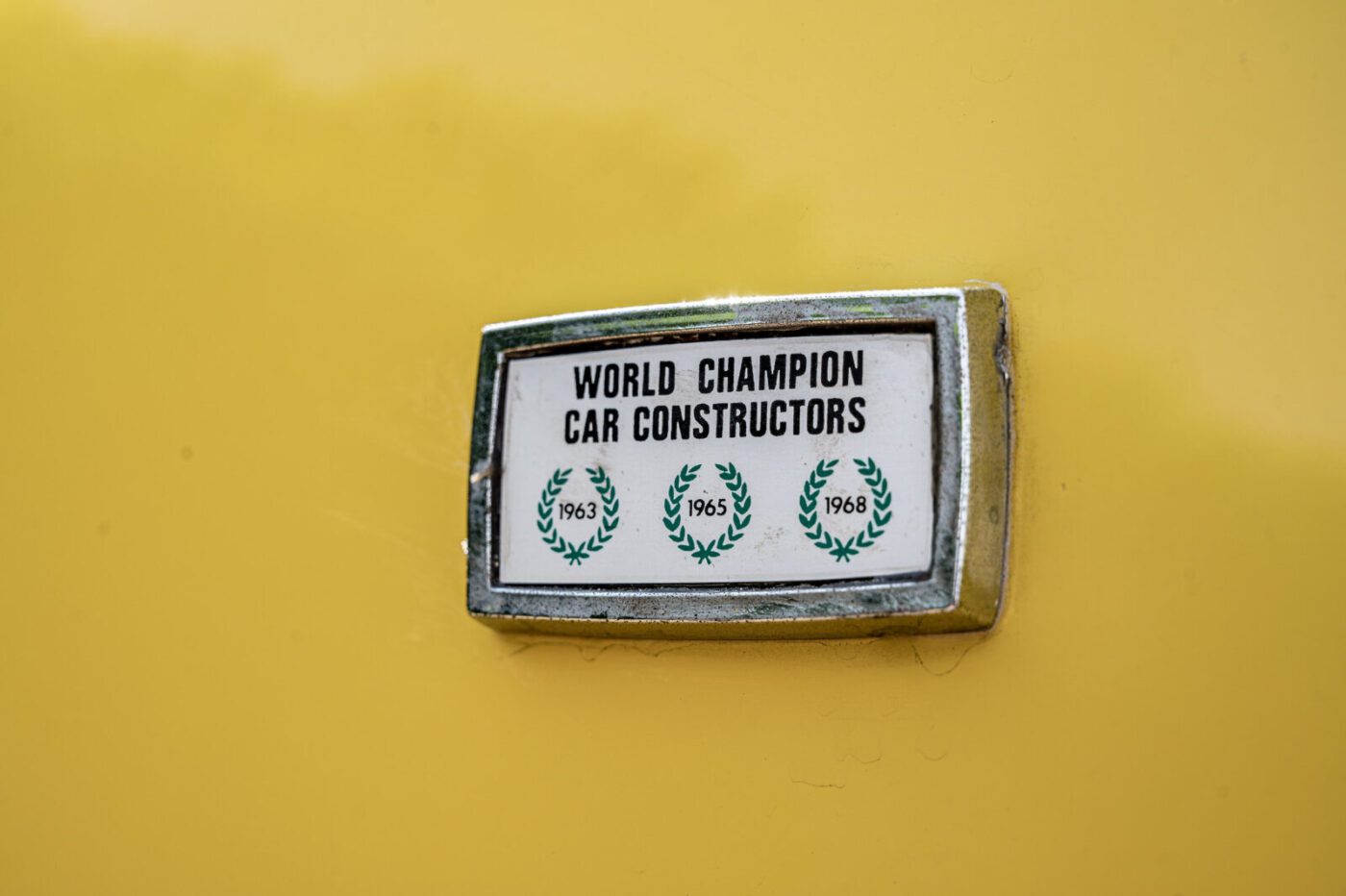
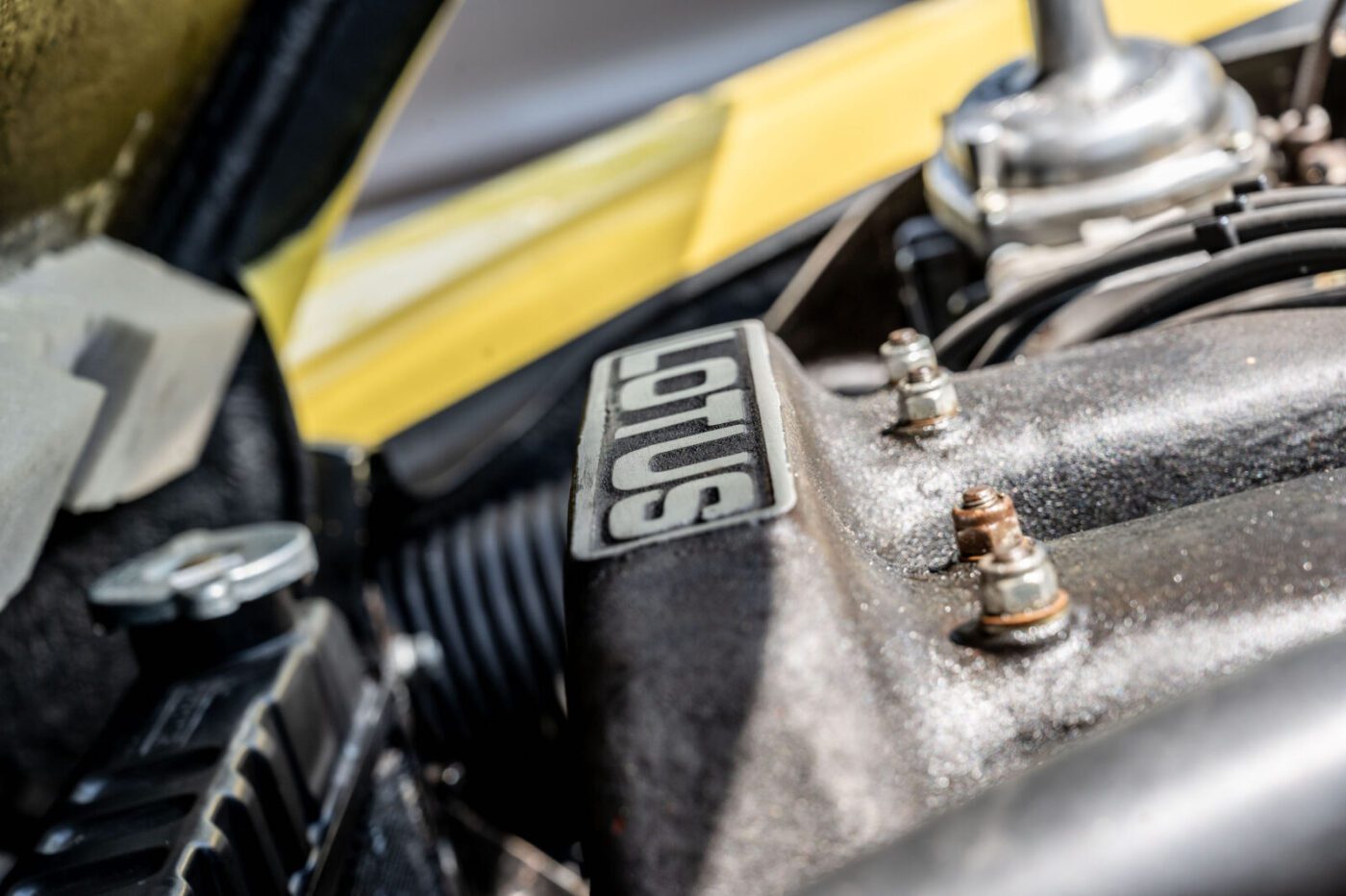
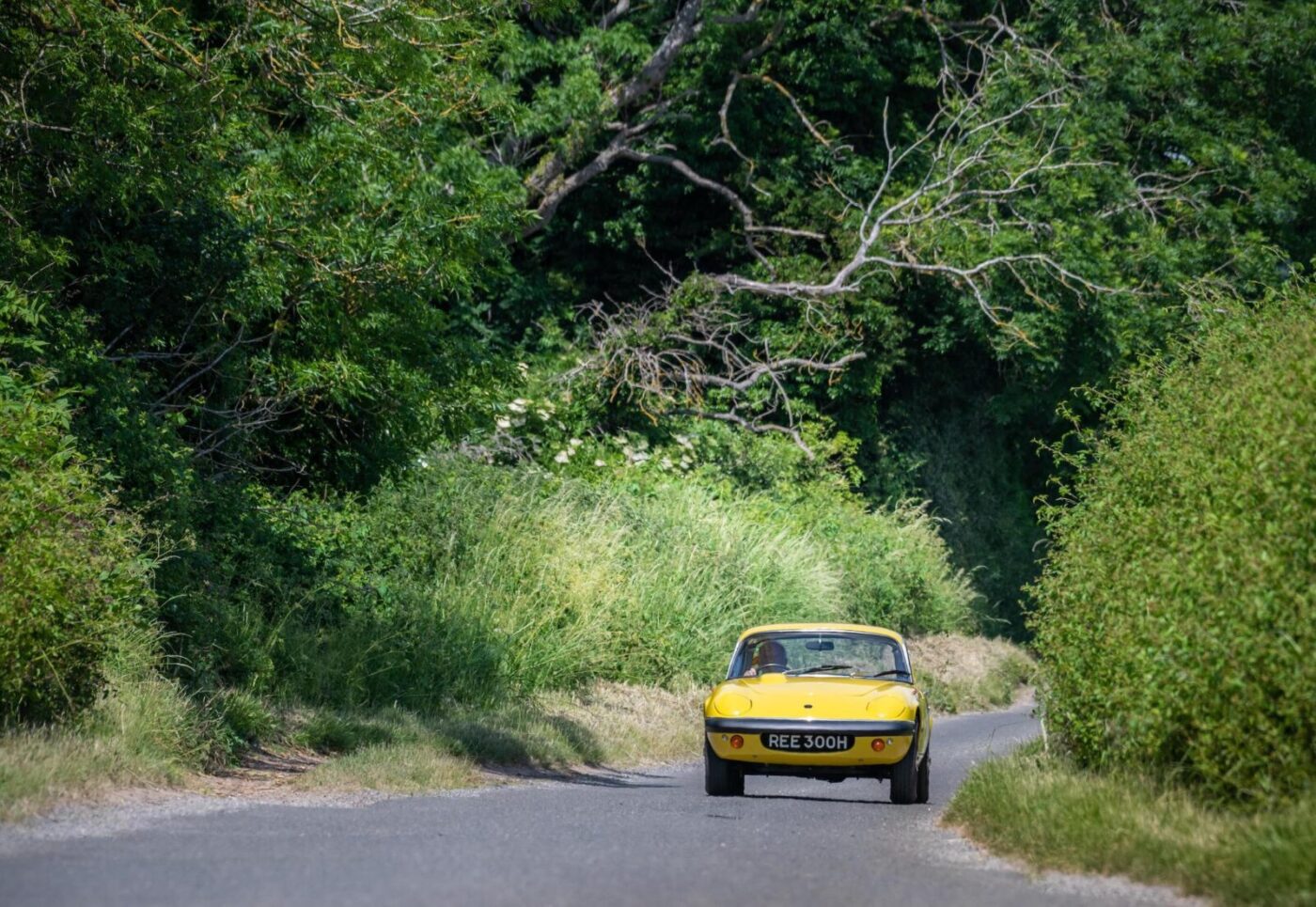
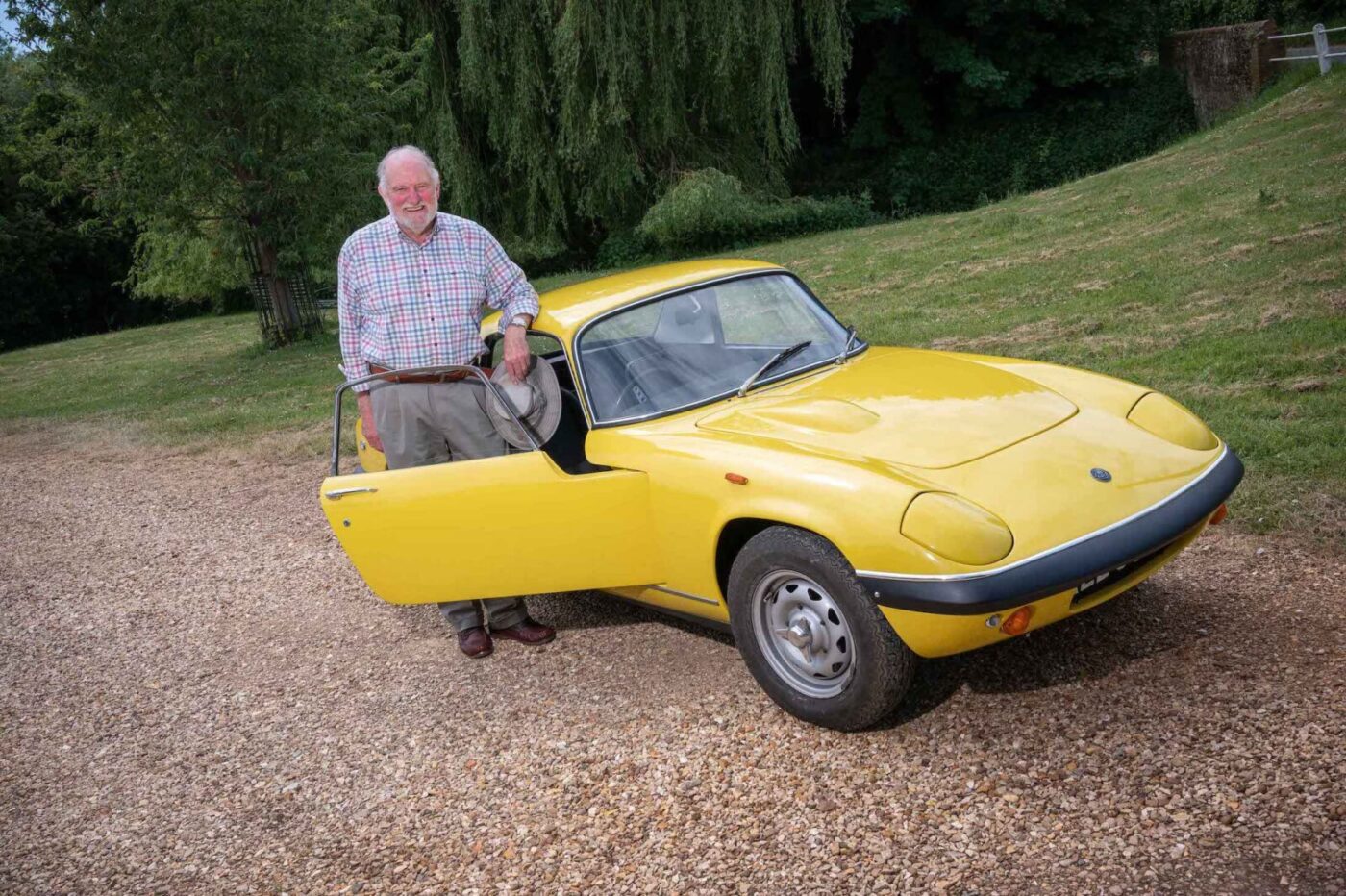
Iconic
“It’s a car that back in the 70s captured a whole load of hearts, and even now it catches the eye. It’s still a very attractive car from, I believe, an attractive era of motoring, and they are still able to keep up with modern traffic.
“They are still an iconic, pretty, grunty car.”
To prove the point, Trevor sprints along the country lanes on the way to our photoshoot, but then has trouble starting the Elan when it’s time to head home…
“There’s always something to fiddle with and manage,” he says, smiling.



